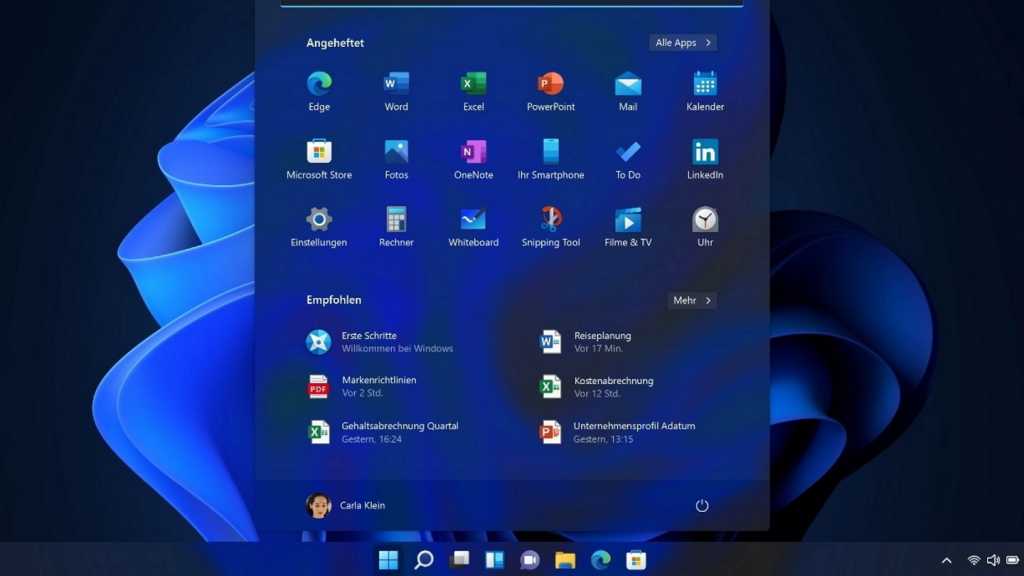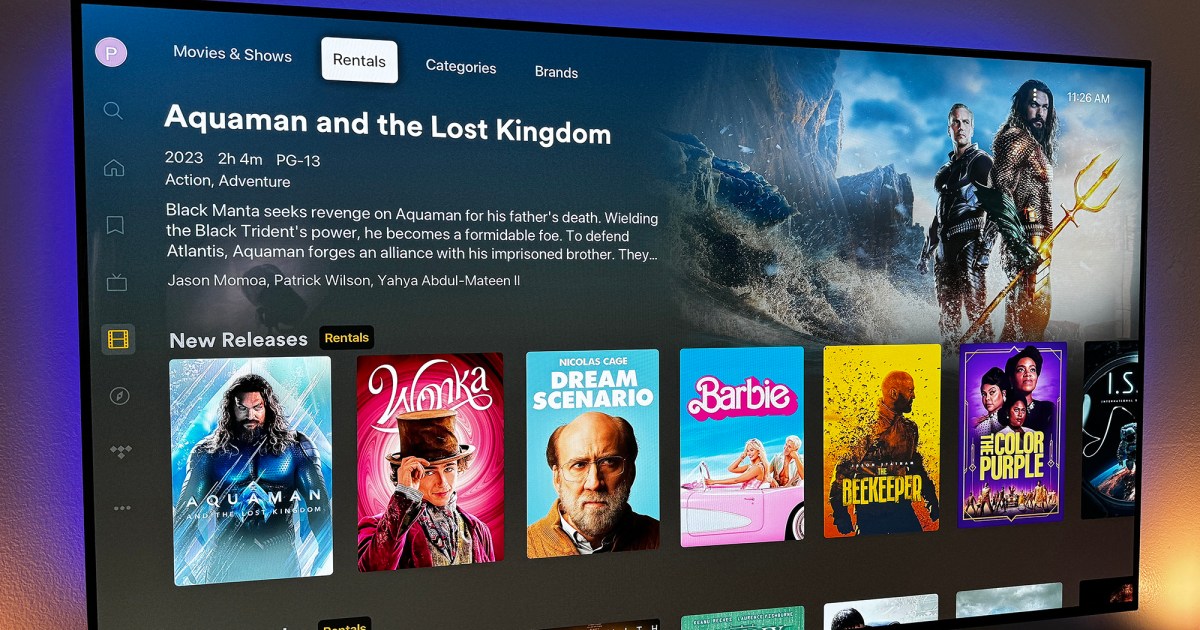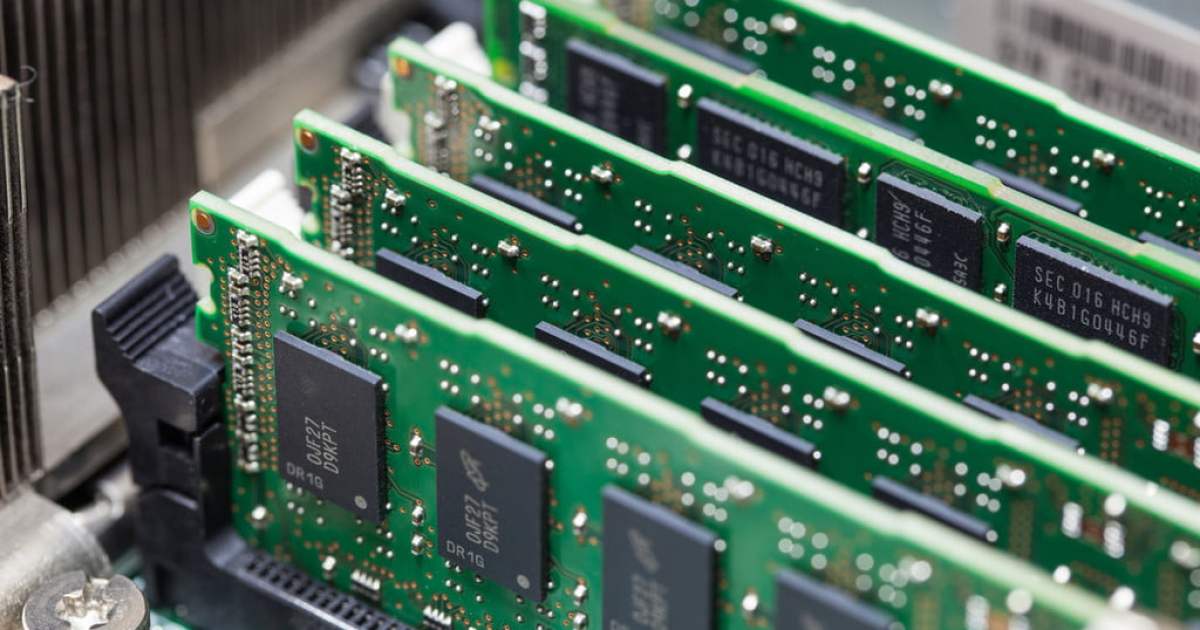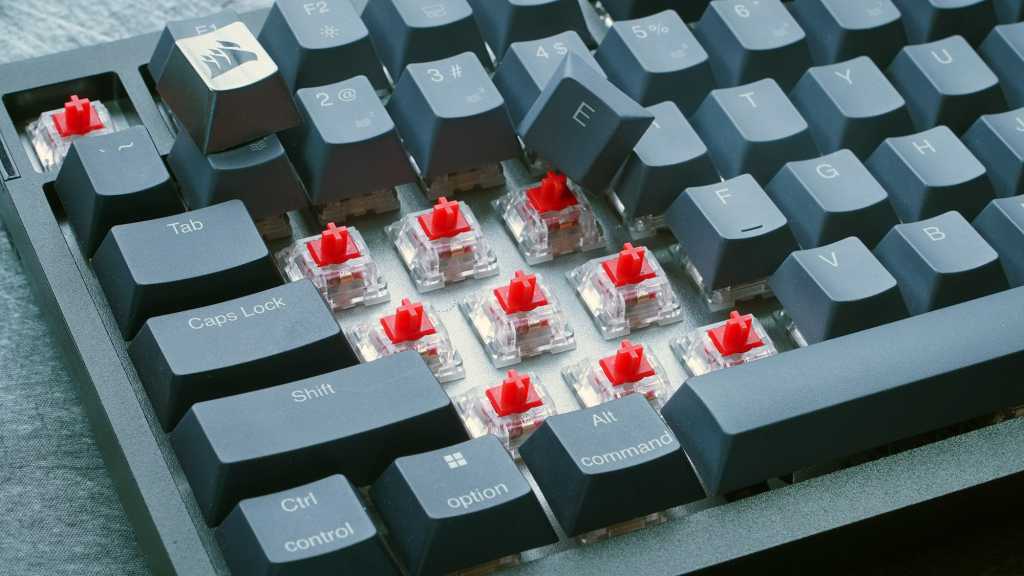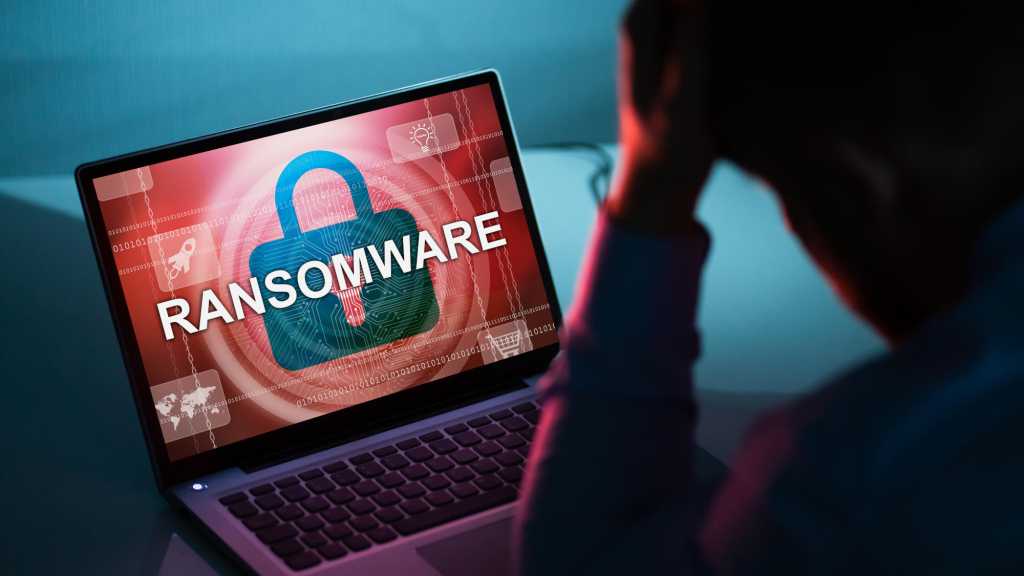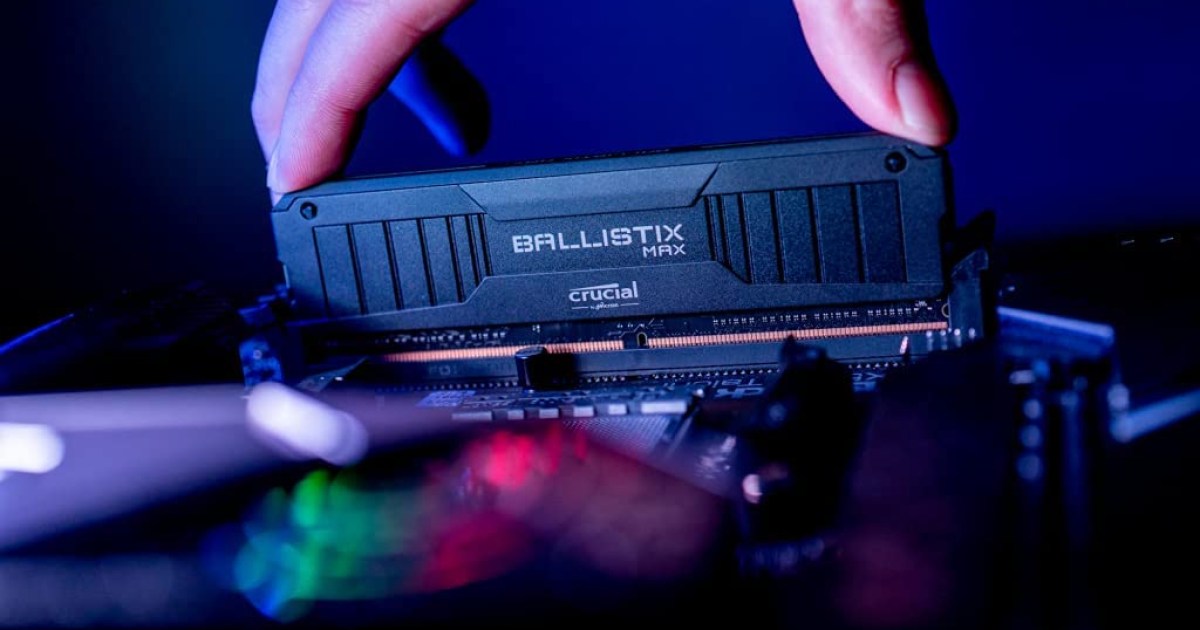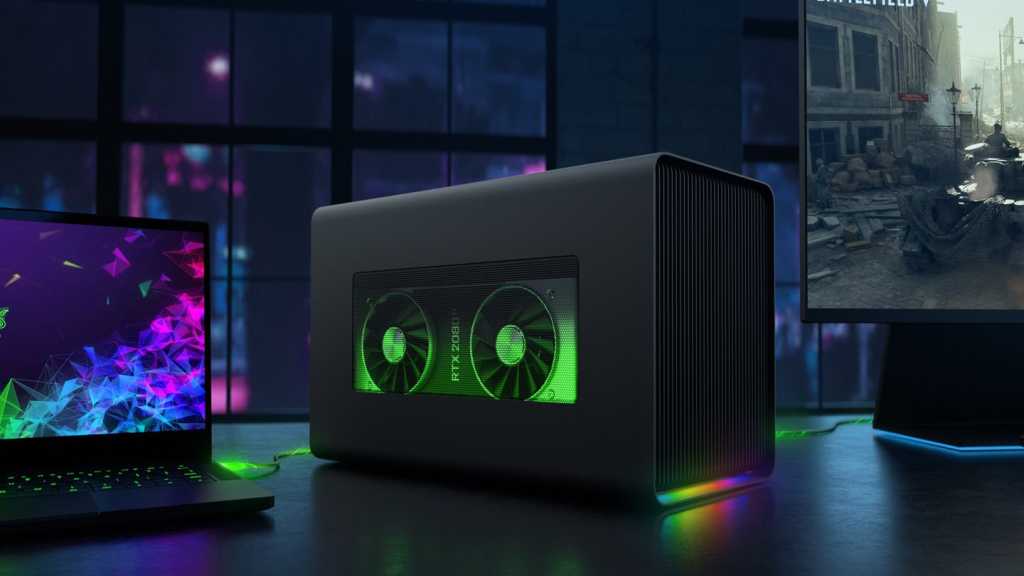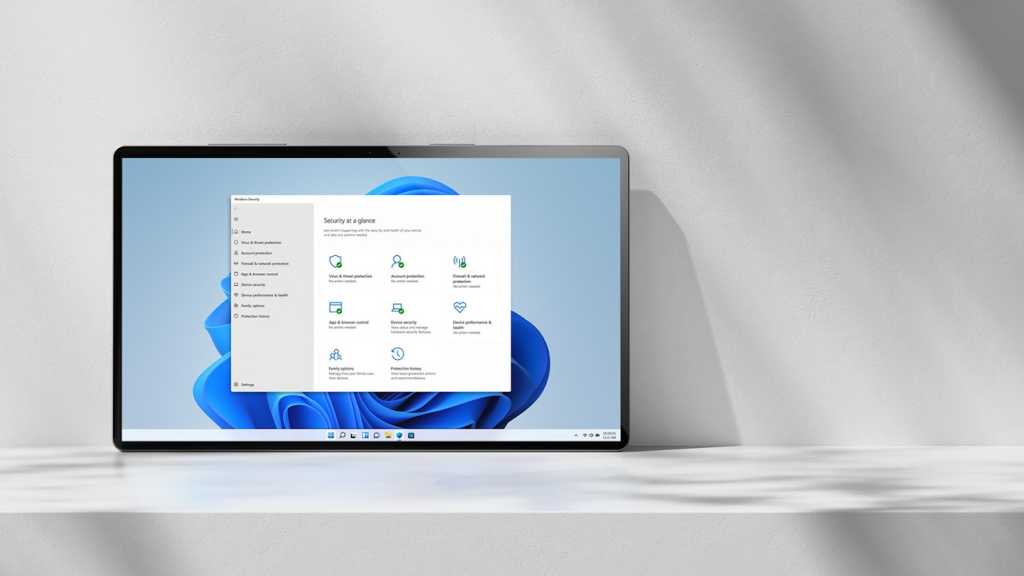Windows updates are crucial for patching security vulnerabilities and fixing software glitches. However, these updates can sometimes introduce new problems due to factors like quality assurance oversights or the diverse range of hardware and software configurations in Windows systems, unlike the more standardized Apple ecosystem.
Microsoft’s Solution: Known Issue Rollback (KIR)
To address update-induced issues, Microsoft implemented the Known Issue Rollback (KIR) system. When an update causes widespread problems, Microsoft deploys a KIR update. This either reverts the affected systems to their pre-update state or distributes a corrected update version. The process is automatic, requiring no user intervention. Importantly, KIR only addresses non-security related errors, not security patches.
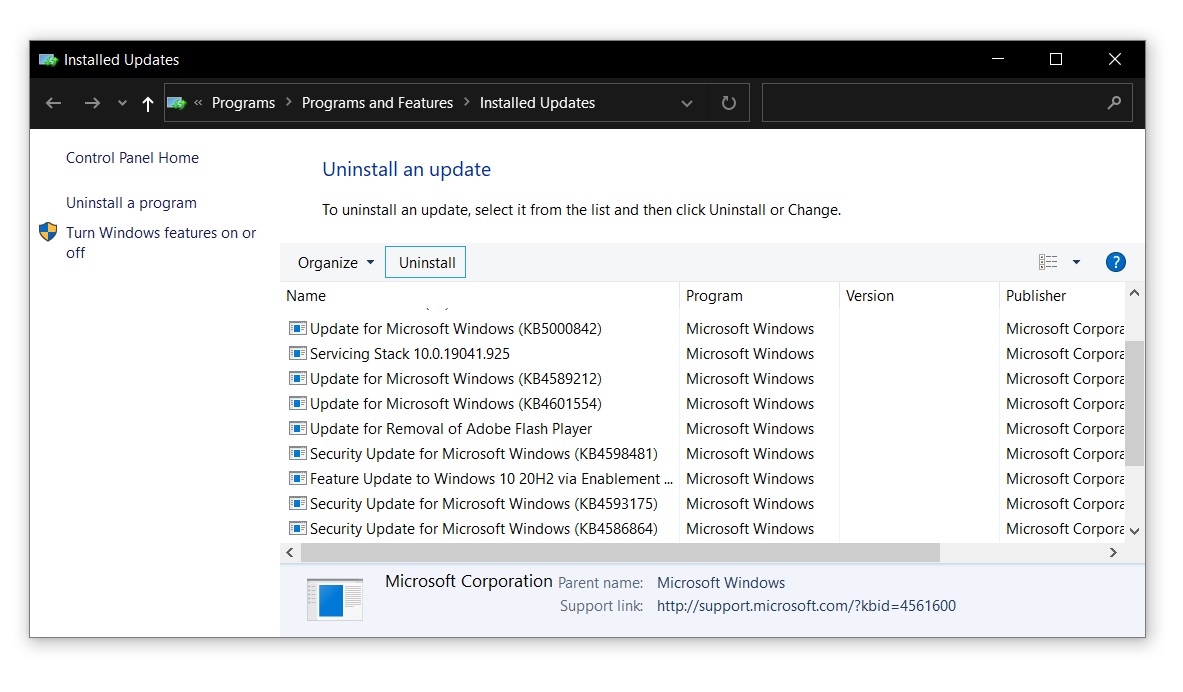 Uninstall Windows updateWindows allows manual uninstallation of some updates, but not all.
Uninstall Windows updateWindows allows manual uninstallation of some updates, but not all.
Manual Update Uninstallation
While KIR offers an automated solution, users can also manually uninstall some updates through the Settings app. In Windows 10, navigate to Update & Security > Windows Update > Show update history > Uninstall updates. Windows 11 users can follow a similar path: Windows Update > Update history > Uninstall updates. However, note that this option isn’t available for all updates.
Proactive Measures: Delaying Updates
A proactive approach to mitigating potential update problems is delaying their installation. This allows time for Microsoft to identify and address widespread issues through KIR before they impact your system.
In Windows 10, updates can be postponed for up to seven days or until a specific date via “Advanced options.” Windows 11 offers a similar functionality called “Suspend updates.” This is particularly beneficial if you rely heavily on your computer and cannot risk disruptions due to update issues.
Conclusion: Managing Windows Updates Effectively
While Windows updates are essential, they can occasionally present challenges. Microsoft’s KIR system and the option to manually uninstall or delay updates offer valuable tools for managing and mitigating potential problems. By understanding and utilizing these features, users can maintain a stable and secure system while minimizing the risk of update-related disruptions.



